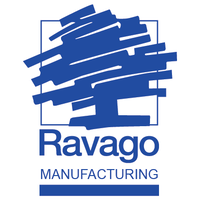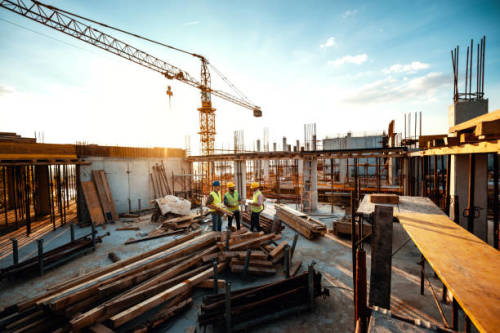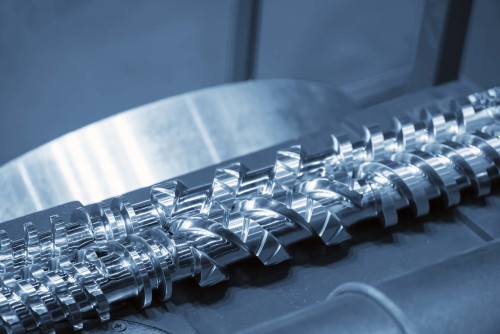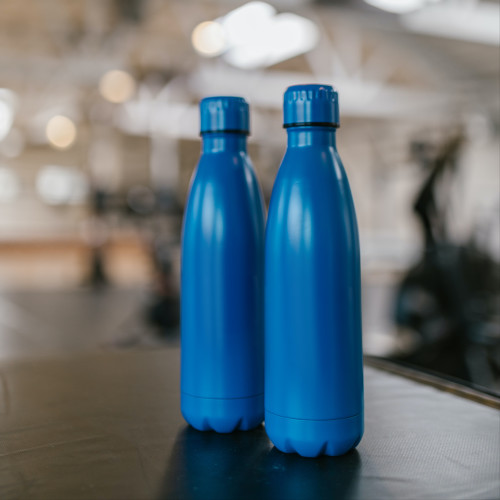Multi Injection Moulding
Also referred to as co-injection moulding, multi-component injection moulding describes insertion of multiple plastic materials injected simultaneously, as opposed to placing one material as an additional layer relative to another. In other words, it creates a sandwich-like structure where both materials mould around each other as dissimilar liquids, and exist in such a state at the same time. Relative to the part centre, materials can be injected concentrically using the same mould/gate, or regionally using gates at different locations.
Also referred to as sequential injection moulding, multi-shot injection moulding refers to the creation of multiple layers relative to the starting axis of the initial mould. In other words, the warm, heated materials are inserted into the mould in a very specific sequence one after another. This creates a layering effect between materials while maintaining relatively high-energy interactions at material boundaries. This is important because the inter-layer bonds are stronger in many cases than when the layers are applied to a previously cooled part, as is more closely the case with over moulding. While there are other applications, this operation is preferred when varying moulds (different geometries) are desired between material layers.














